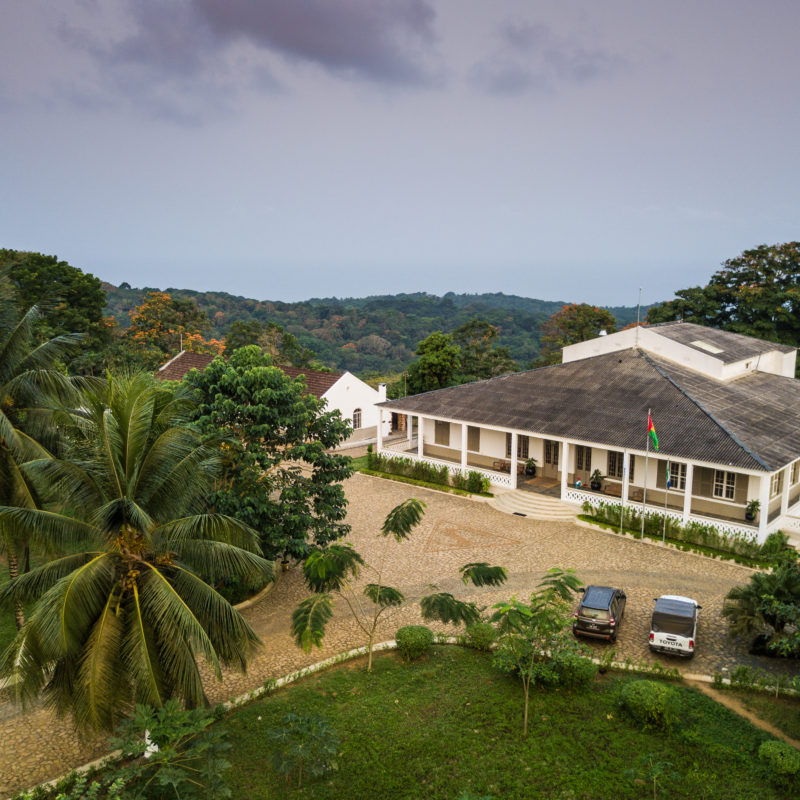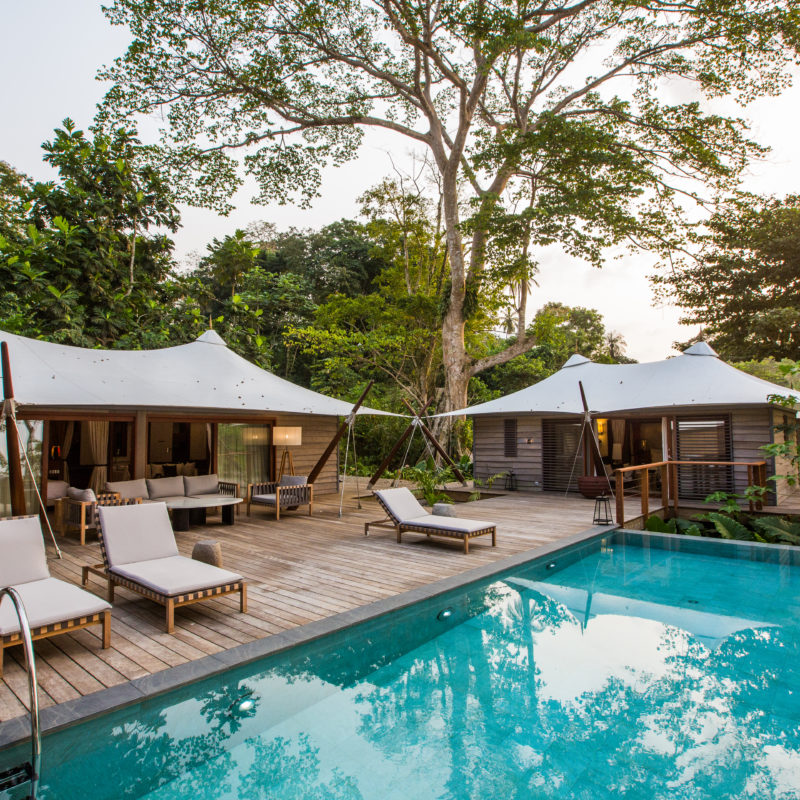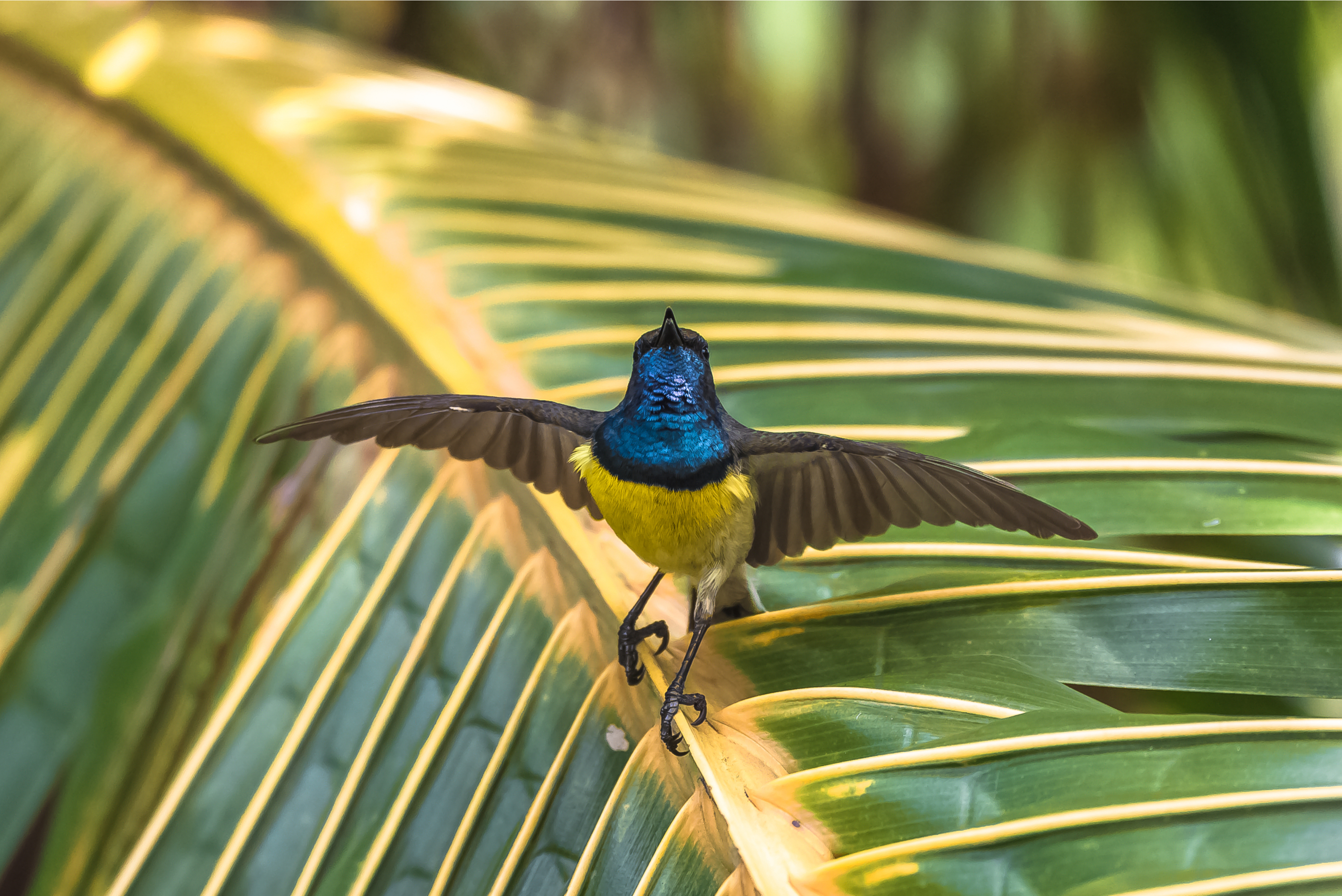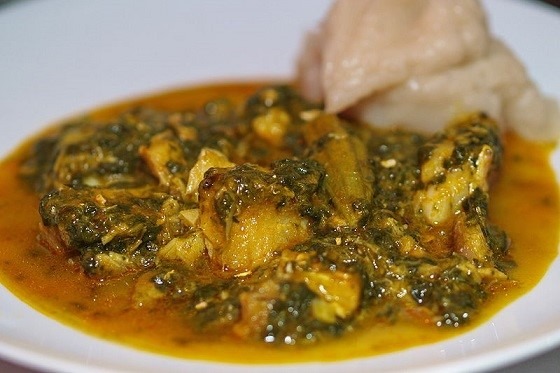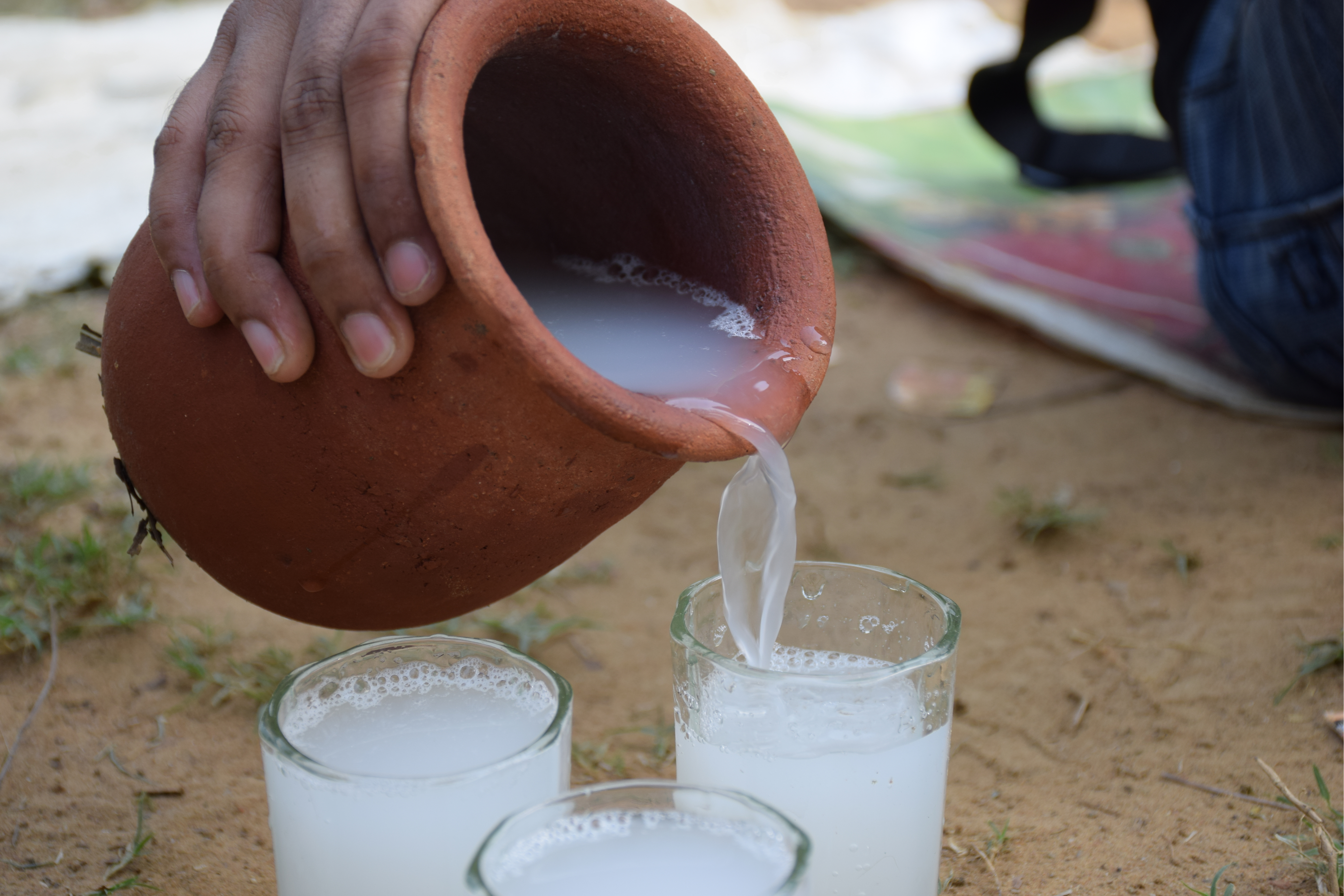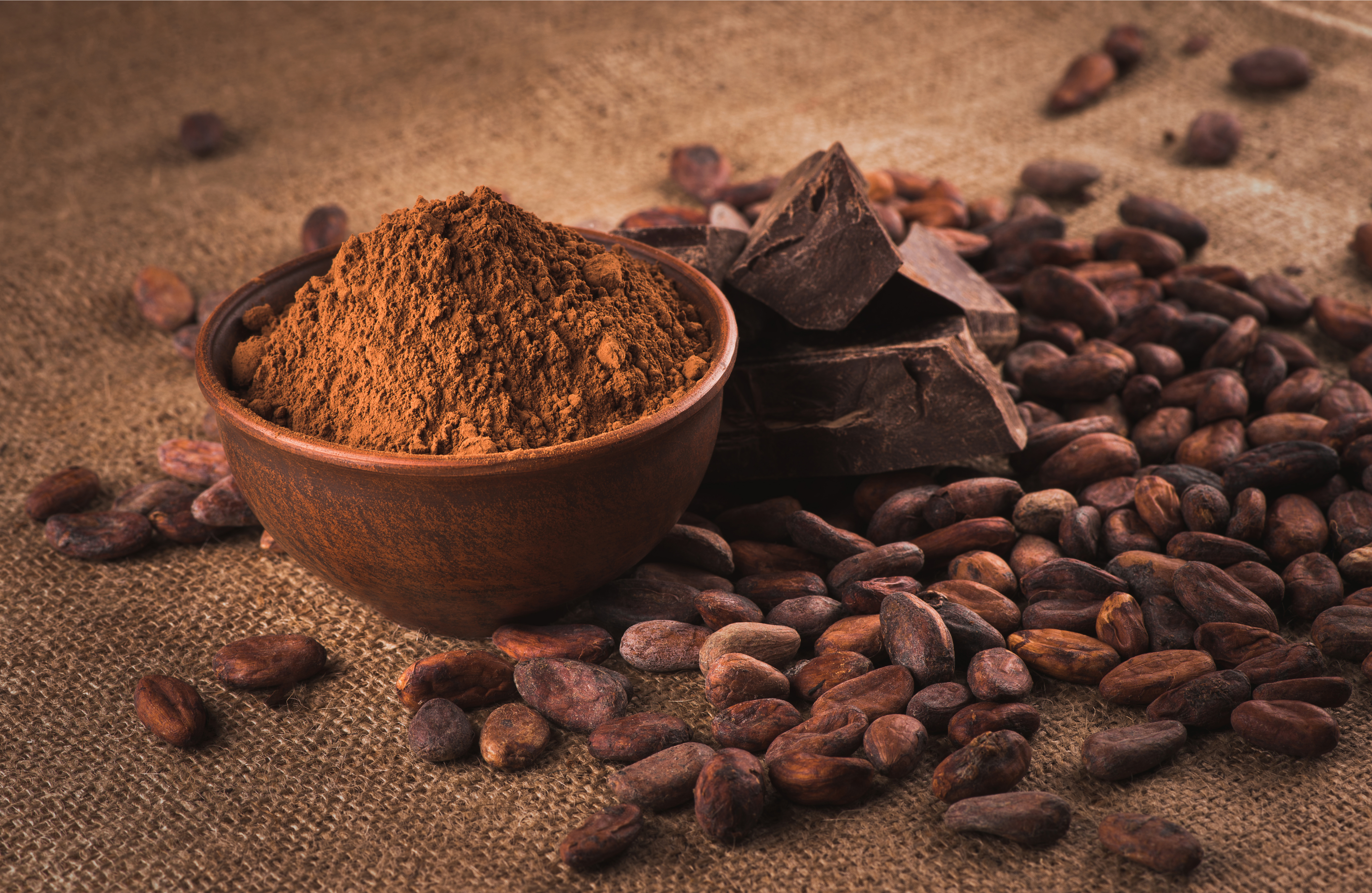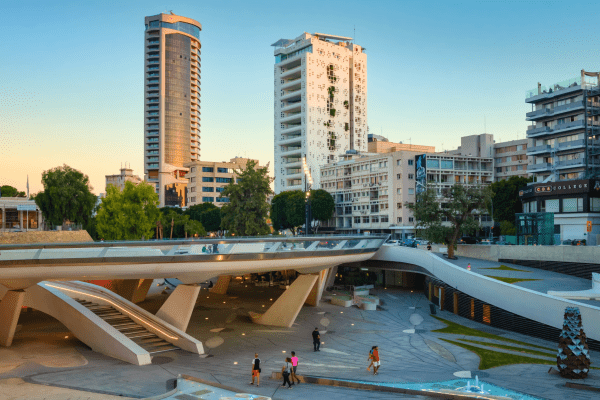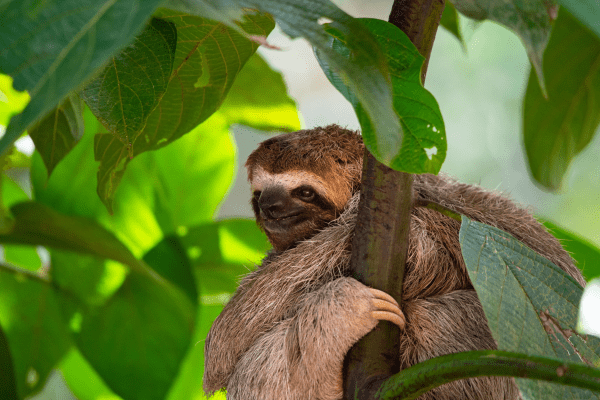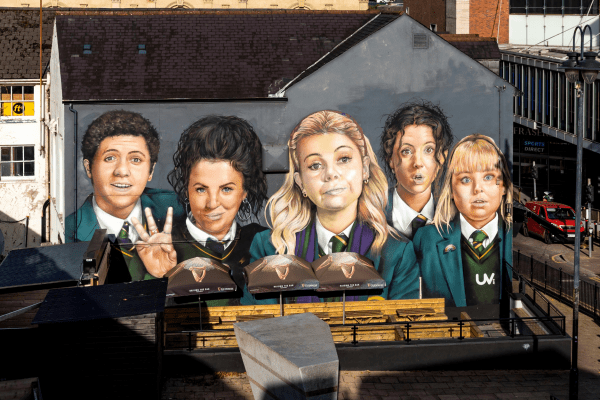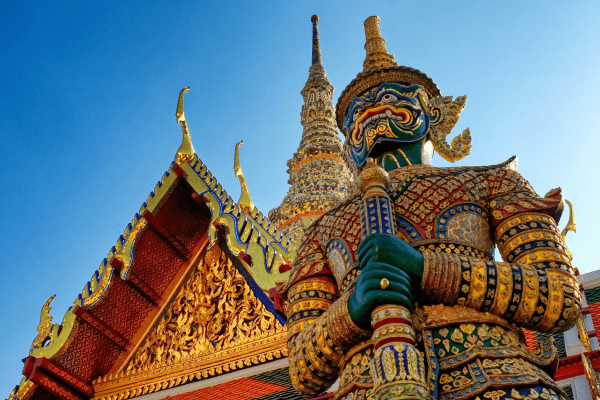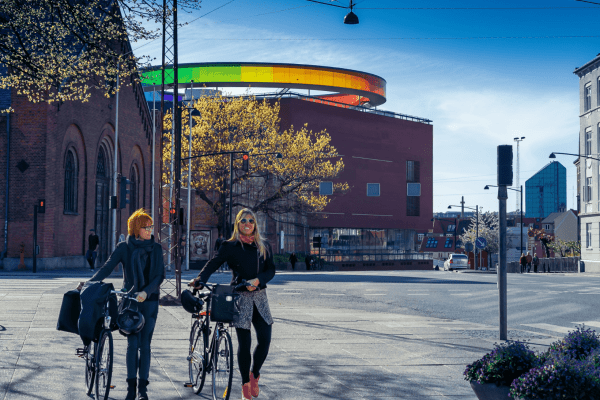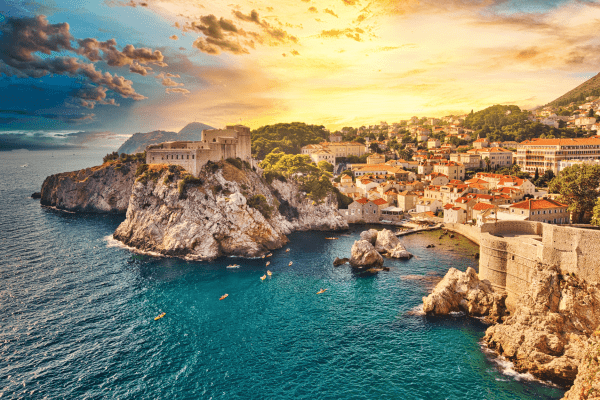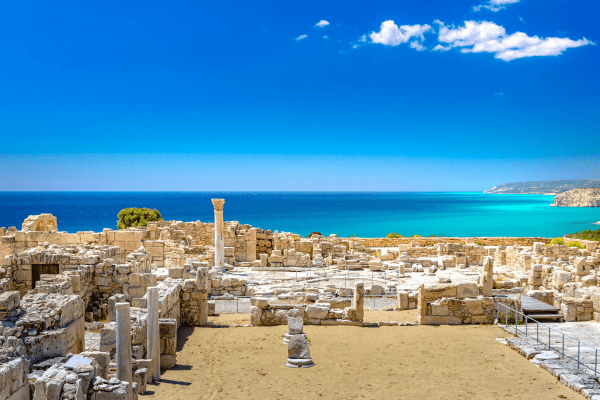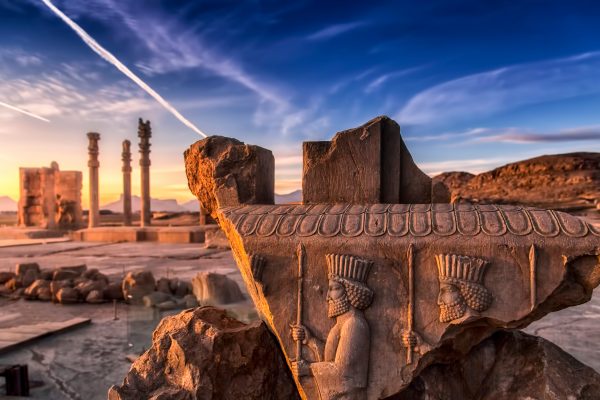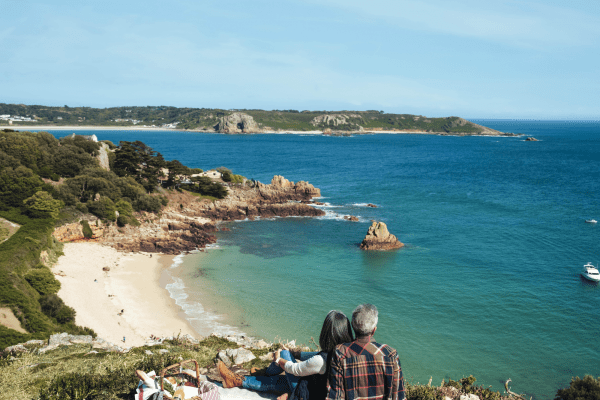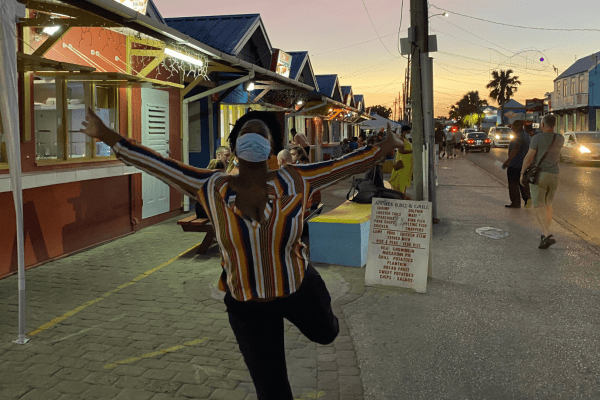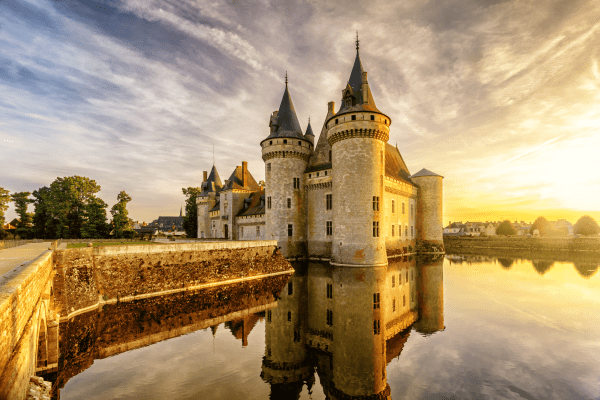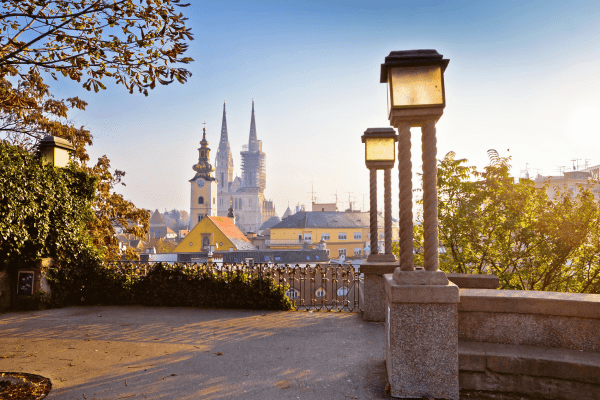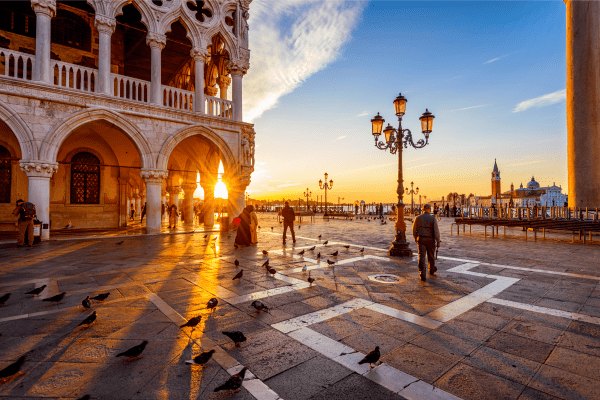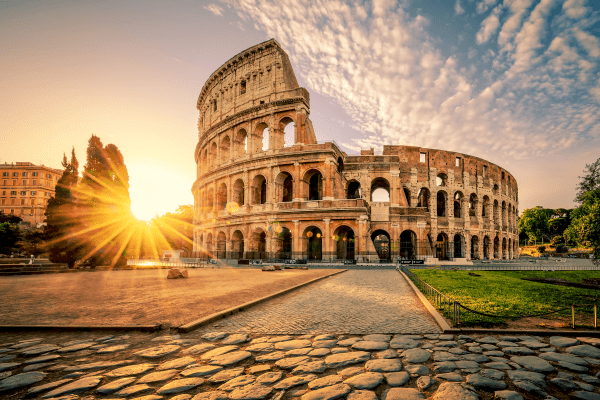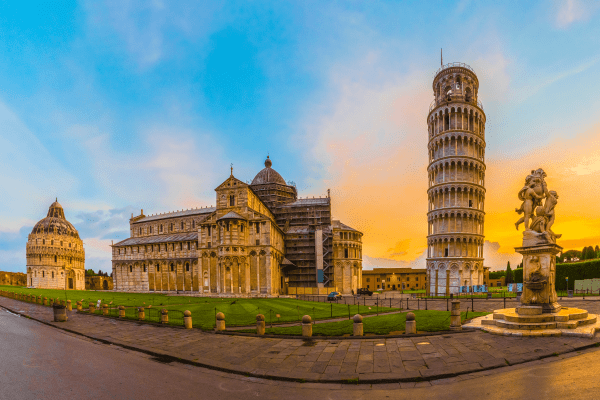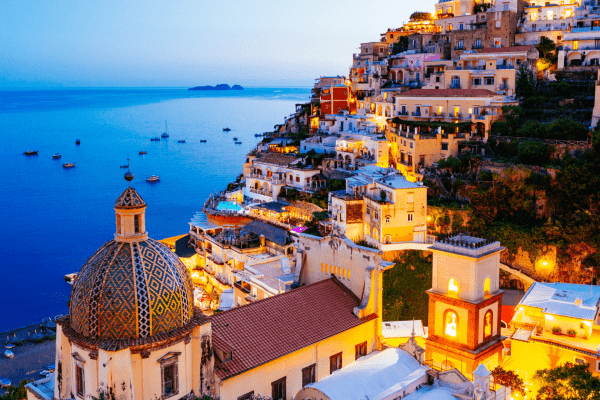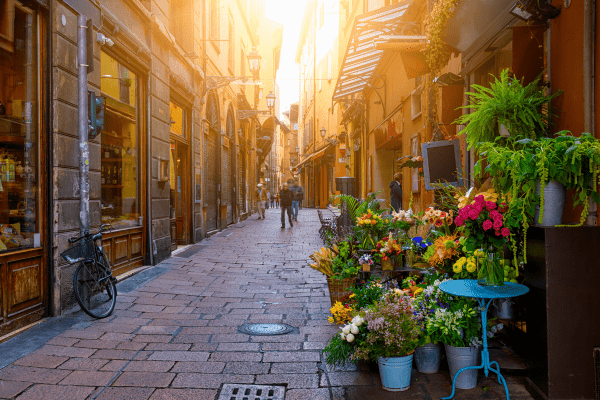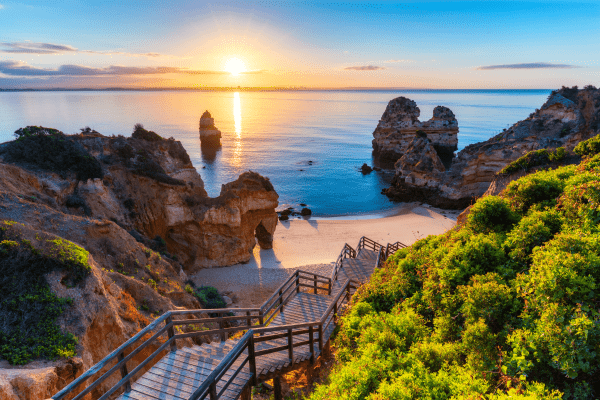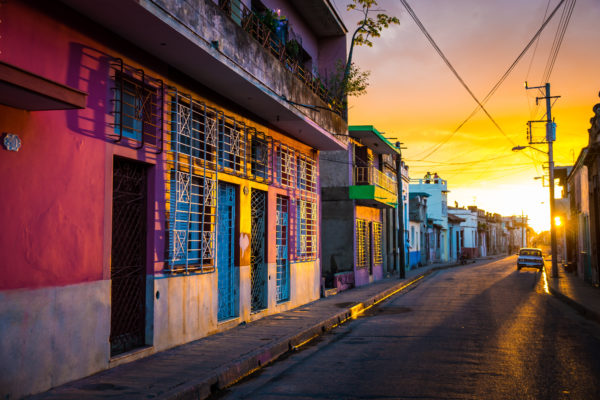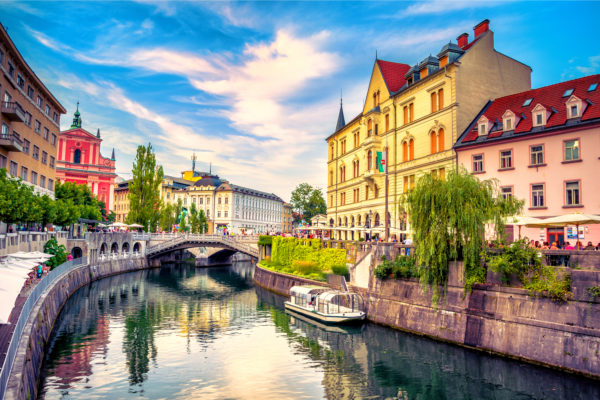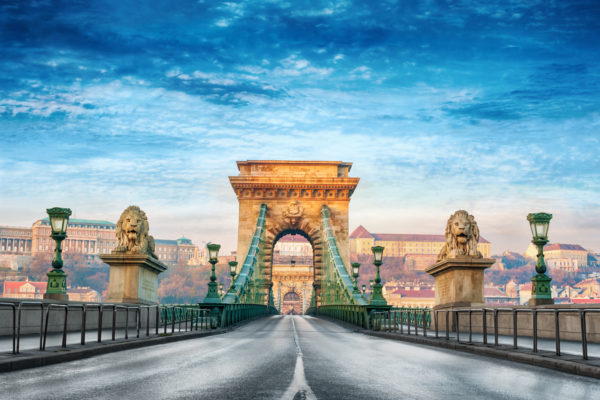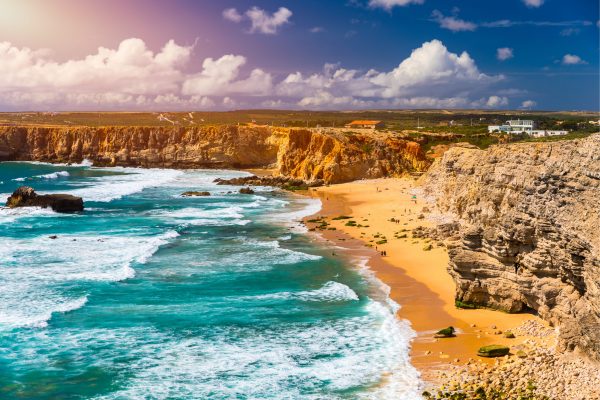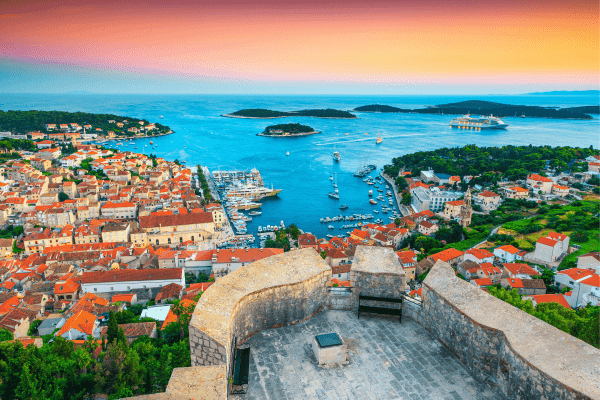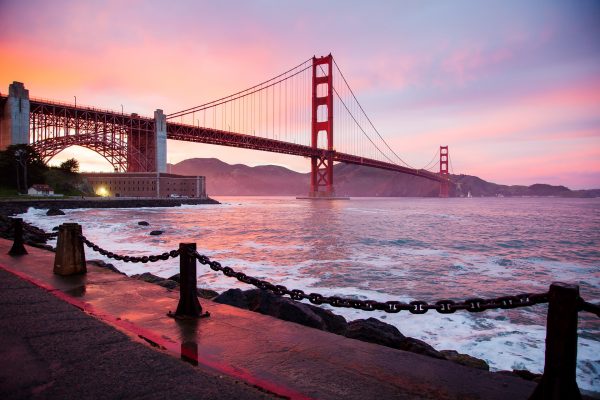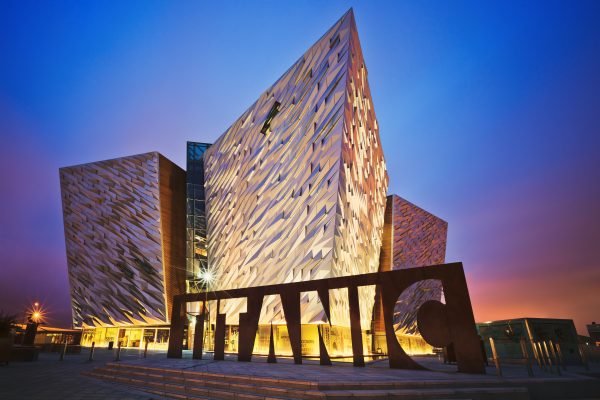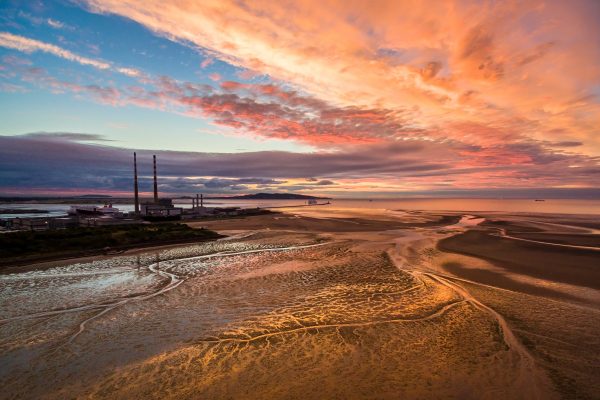Step into a lost world, a land where remnants of the past meet pristine beaches and emerald seas. This island nation adrift in the West African Gulf of Guinea sees only 13,000 annual visitors, and hopes to welcome many more as infrastructures strengthen in line with responsible tourism iniatives, and jobs are created to support a local population surviving on fishing and agriculture. The twin islands of São Tomé and Príncipe were uninhabited when discovered by the Portuguese in the 15th century. These were soon developed into successful centres for sugar, cocoa and coffee plantations or roças thanks to their rich volcanic soil and tropical equatorial climate. Peaceful independence came in 1974, leaving splendid colonial architecture to crumble and the islands to be, to a large extent, forgotten.
These days are a great time to visit the smallest Portuguese-speaking nation on Earth. It’s stable and democratic and TAP Airlines makes the 6 hour flight regularly out of Lisbon with connections from throughout Europe. While much of the tiny nation remains an untouched natural paradise, former roças and colonial buildings have been transformed into beautiful accommodation in the form of boutique hotels, luxury lodges and charming guest houses with an emphasis on ecotourism, serving up delicious African specialities, fresh fish, tropical fruits, and organic herbs and veggies.
STP’s position on the Equator means lovely daytime temperatures of up to 30°C year round. The low season hits when the rains come – the long rains are March-May and the short rains October-November. Come at this time, avoiding Easter, and you’ll find fewer tourists, lusher vegetation, and bargain rates for superb accommodation. During the rains showers are interspersed with dry weather, it’s rarely stormy, and it’s at this time you’ll discover the most authentic, truest essence of these islands.
São Tomé
At 330sq miles, it’s the larger and more developed of the two isles, and home to a population of 200,000. The small capital of the same name lies in the north of the island, a pretty place with old churches, plazas and cobbled streets. You’re never far the coast, beautiful ocean and sandy beaches, where you can spot dolphins year-round. 30 minutes from town, lies Obo National Park, with excellent opportunities to get into nature on the many hiking circuits. Enjoy views of the 663m needle-shaped Pico Cão Grande (Great Dog Peak), a solid column of magma left after a volcano eroded away. Plan your route according to duration and ability and include overnight stays at old plantations roças.
Príncipe
Rather smaller, Príncipe is much more off-the-beaten track, heavily forested and tiny at just 50sq miles and a 7000 population. The 87 mile journey is best covered by a 35 minute flight from São Tomé. All of Príncipe is a designated UNESCO Biosphere Reserve, committed to sustainable development, and a highlight is taking a boat trip past the Baía das Agulhas (Bay of Spires) to see its crazy phonolite towers. You can take a tour with a local guide getting to know the island’s culture, rural communities, colourful harbours and outstanding scenery. Savour the aromas of herbs and medicinal plants, taste the local jams, chocolate, grilled fish, and breadfruit.



